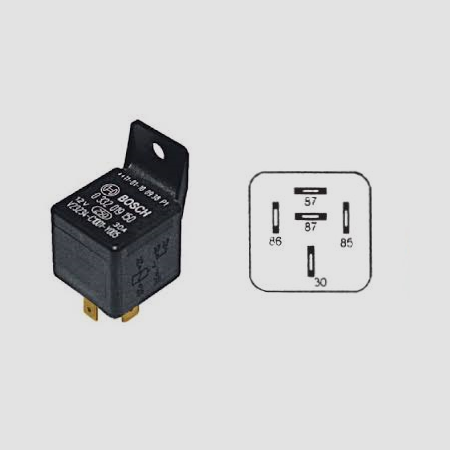
Electromechanical relays have long been a staple in various industries, serving as essential components in electrical systems. While they offer numerous advantages, it is crucial to acknowledge their limitations. In this article, we will delve into the disadvantages of electromechanical relays, shedding light on their potential drawbacks and exploring alternative solutions.
- Limited Switching Speed:
One significant drawback of electromechanical relays is their relatively slow switching speed compared to solid-state relays. Due to the mechanical nature of their operation, electromechanical relays require a finite amount of time to physically open or close their contacts. In applications that demand rapid switching, such as high-frequency circuits or time-critical processes, this delay can be a significant limitation. - Mechanical Wear and Tear:
Another disadvantage stems from the inherent mechanical components of electromechanical relays. Over time, repeated switching actions can lead to wear and tear, resulting in degraded performance and potential failure. Mechanical contacts may experience arcing, pitting, or even welding due to electrical current, leading to increased contact resistance and reduced reliability. Regular maintenance and replacement of worn-out relays are necessary to mitigate these issues. - Size and Weight:
Electromechanical relays tend to be bulkier and heavier compared to their solid-state counterparts. This physical characteristic can pose challenges in applications where space is limited or weight restrictions are imposed. Industries such as aerospace, automotive, or portable electronics often require compact and lightweight components, making electromechanical relays less suitable for such scenarios. - Limited Lifespan:
While electromechanical relays can withstand a substantial number of switching cycles, they have a finite lifespan. The mechanical components are subject to fatigue and eventual failure, especially in demanding environments with high vibration, shock, or extreme temperatures. In critical systems where reliability is paramount, such as medical equipment or power distribution networks, the limited lifespan of electromechanical relays can be a concern. - Coil Power Consumption:
Electromechanical relays rely on coils to generate the magnetic field necessary for their operation. However, this coil requires a continuous power supply to maintain the relay's state, resulting in power consumption even when the relay is in a static position. In applications where energy efficiency is crucial, such as battery-powered devices or renewable energy systems, this constant power draw can be a disadvantage.
Conclusion:
While electromechanical relays have been widely used for decades, it is essential to consider their drawbacks when selecting components for specific applications. The limitations in switching speed, mechanical wear, size and weight, limited lifespan, and coil power consumption should be carefully evaluated. As technology advances, alternative solutions like solid-state relays or programmable logic controllers offer improved performance and overcome some of these disadvantages. By understanding the drawbacks of electromechanical relays, engineers and designers can make informed decisions to optimize system performance and reliability.


